The Evolution Of The Alloy Wheel
Introduction
The purpose of this write up is not to give you a history lesson, but highlight the transformation of the alloy wheel to what we know and love today. Most would be aware that the first ever wheel was a solid circle of wood created around 3,500BC. Jump forward a few thousand years and haven’t we come a long way; from Karl Benz’s 1885 Patent Motorwagon with ‘bicycle-like’ wire wheels to the HSV E3 GTS machine face rim. With alloy wheels becoming ever increasingly more popular, I thought it was only fair to pay homage to where it all began.
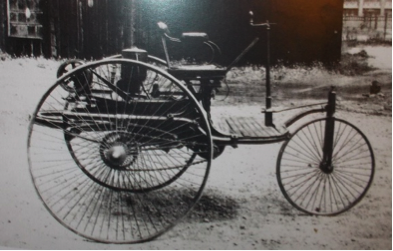
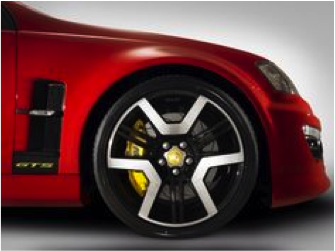
A Brief Re-Cap
Keeping with our ancestor’s heritage, some of the first automobile wheels were Wooden ‘artillery wheels’ which came standard with the Ford Model T between 1909-1925. During that time, in 1924, Ettore Bugatti premiered cast aluminum wheels on his Type 35. The steel welded spoke wheel soon replaced the wooden artillery wheels in 1926. The steel wheel became the wheel of choice due to its cheap production costs. Steel disc wheels were created from two pieces of pressed steel, the rim and the disc, and were either welded or riveted into a single component.
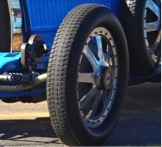
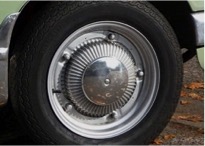
Post World War II saw the rise of Drag Racing and their deep-dish wheels, where the hub was turned around allowing the tyre to be more pronounced. In the 1950s Muscle Cars from Ford and Chevy hit the streets the with heavy-duty steel and aluminium rims. During the 1960s almost every car manufacturer brought out a version of the magnesium and aluminium wheel. Cadilliac introduced the Sabre-Spoke aluminium wheel; Pontiac’s aluminium integrated wheel and brake drum; OSCA’s cast magnesium wheels; Ferrari’s magnesium Cromodora Starburst; Scuderia Borrani wire-spoke wheels; Corvette centre-lock Kelsey-Hayes aluminium wheels; Alfa Romeo’s Giulia Sprint and Campagnolo wheels; the Mustang’s five-spoke cast aluminium centre and chromed-steel rim; the list goes on.
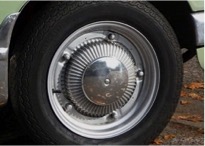




The 1960–1970 era (my personal favourite) saw the birth of the Chrome Rim and Wire Rim Market. The gorgeous Cross-Laced (Tru-Spokes), deep-dished and reversed-style rims flooded the market. Made famous by the American Rap Culture, the Lowrider rim became a big market player in the 1980s. Technology of the 1990s saw the birth of the Spinner Rim – a rim with an inner rim ornament that would independently rotate while the wheel was mobile and/or stationary. In the 2000’s the wheel market exploded. Today there is everything from the machine face rim, to the two-toned machine face and painted rim to shadow chrome.





The Move To The Alloy Rim
Historically car wheels were made of steel. Steel rims were inexpensive, durable and resistant to damage but were unacceptable for any performance use. It is argued that the desire for better performing race cars, drove the development of the wheel and it wasn’t long before the standard drive car demanded the same. Aluminium wheels (a.k.a. Alloys) and Magnesium wheels (a.k.a. Mags) rose to popularity due to their lightweight and the associated benefits and performance enhancement qualities. The lighter weight alloy improved performance by reducing the unsprung weight of the car (the mass of the suspension, wheels and other components directly connected to them including axels, bearings that sit below the car body). The lighter weight makes it easier for the suspension to control, which makes for a smoother ride, improves handling and allows quicker acceleration and deceleration. Aluminum is also structurally stronger and a better conductor of heat preserving the life of your brakes. Plus I think everyone would agree that they just look good.
Recapping the history and past trends of the alloy wheel, I am extremely impressed with how far we have come and am very excited to see how the alloy wheel will continue to evolve and what they will come out with next.


No comments yet.